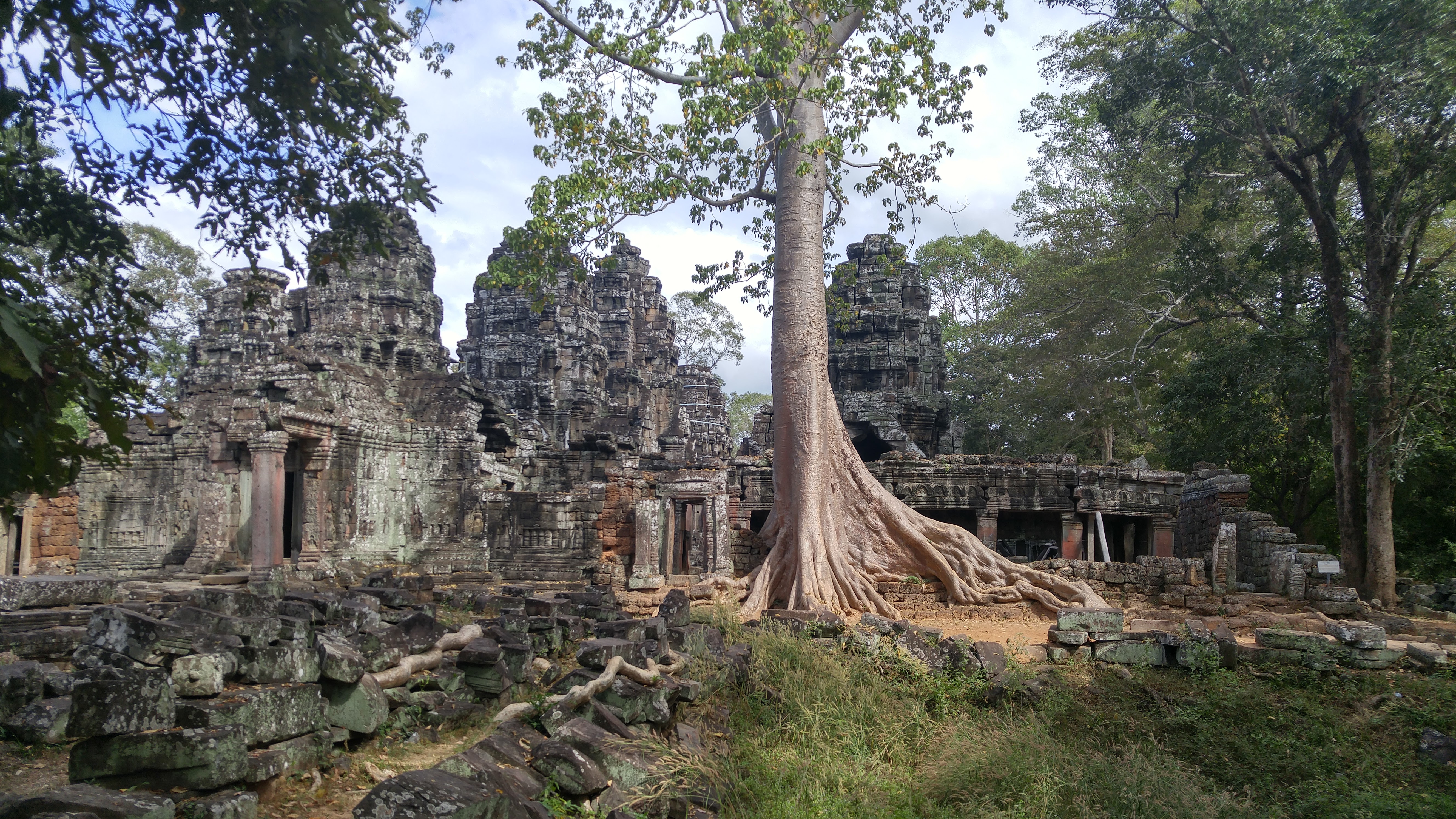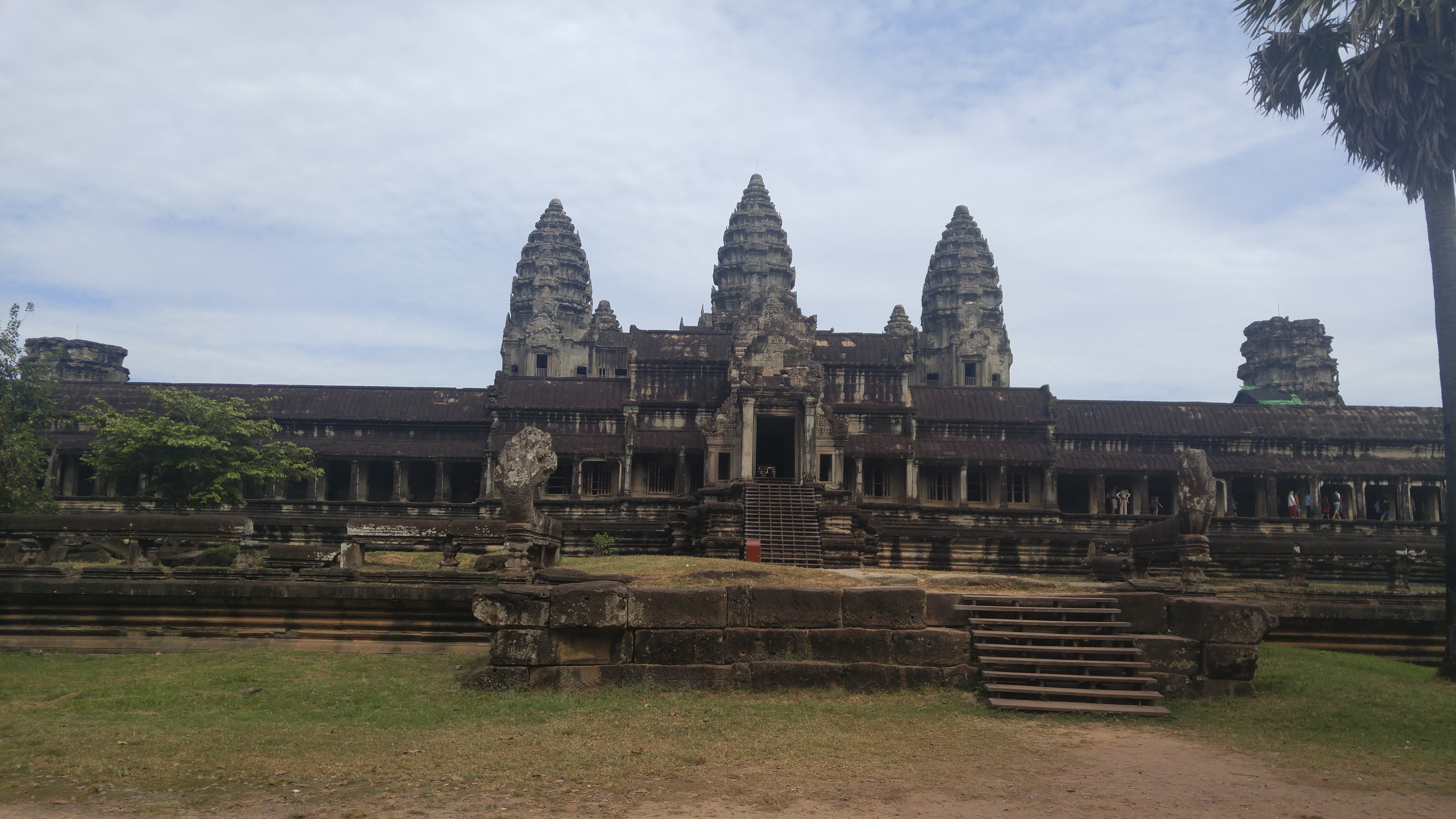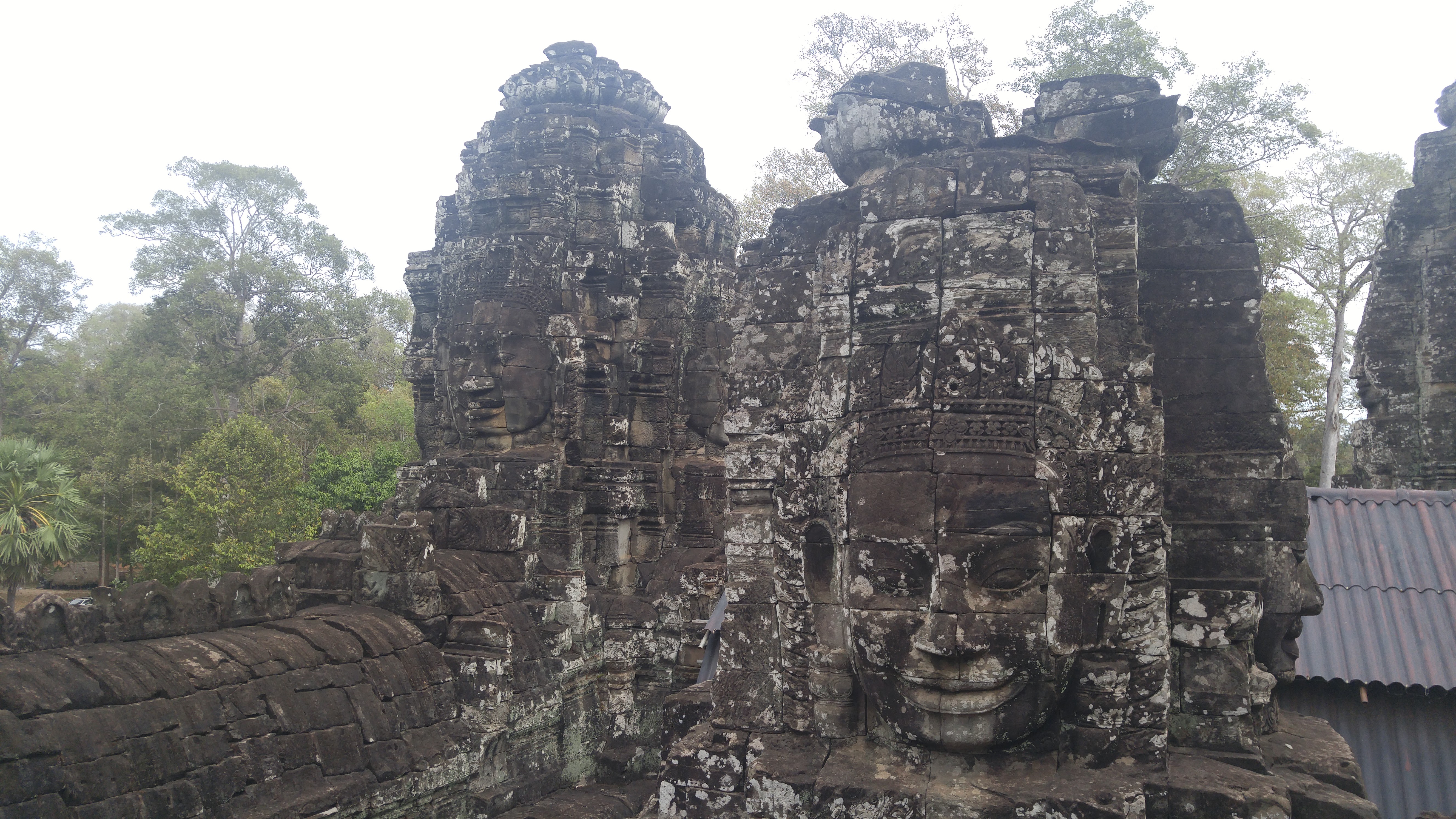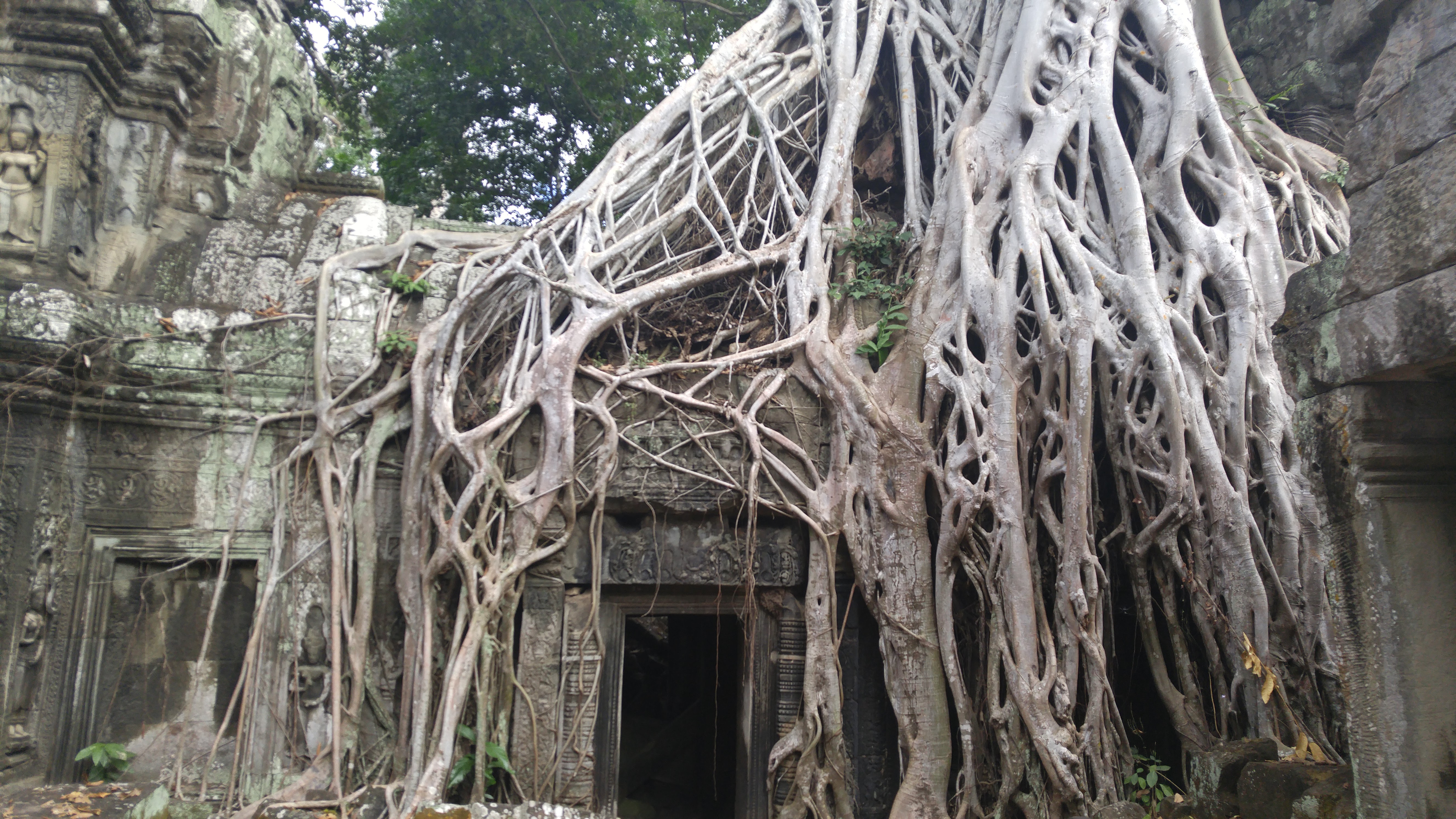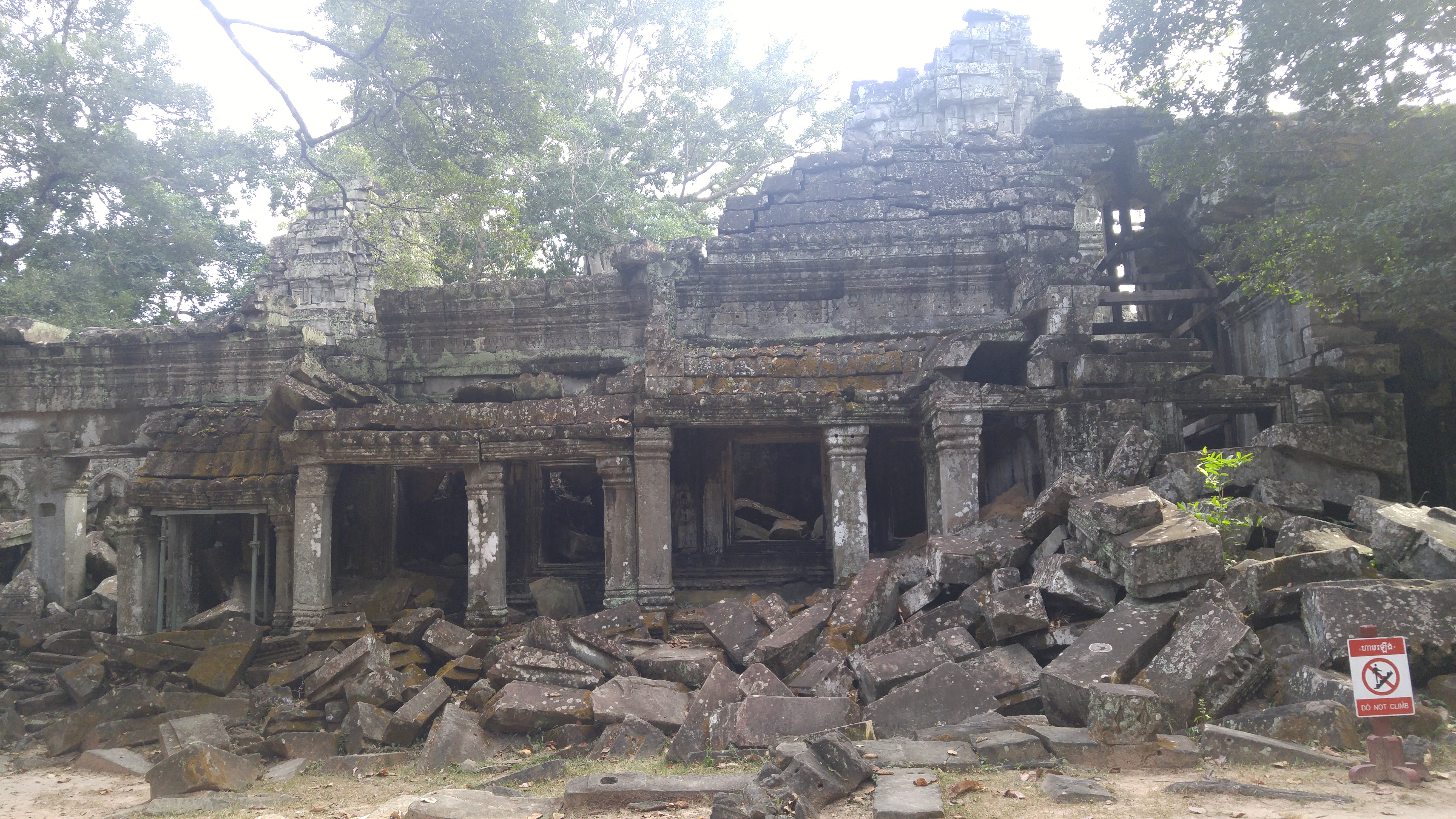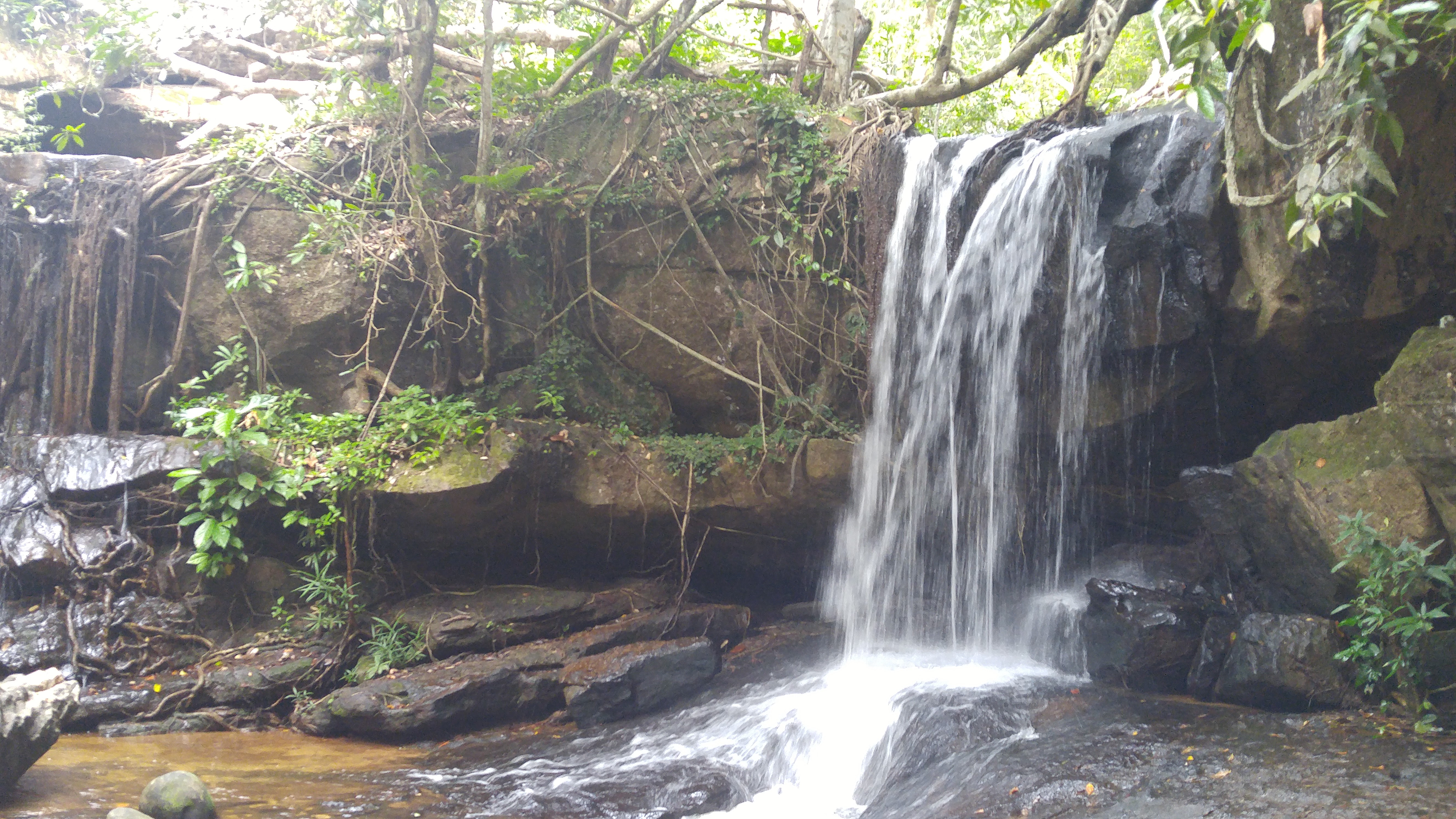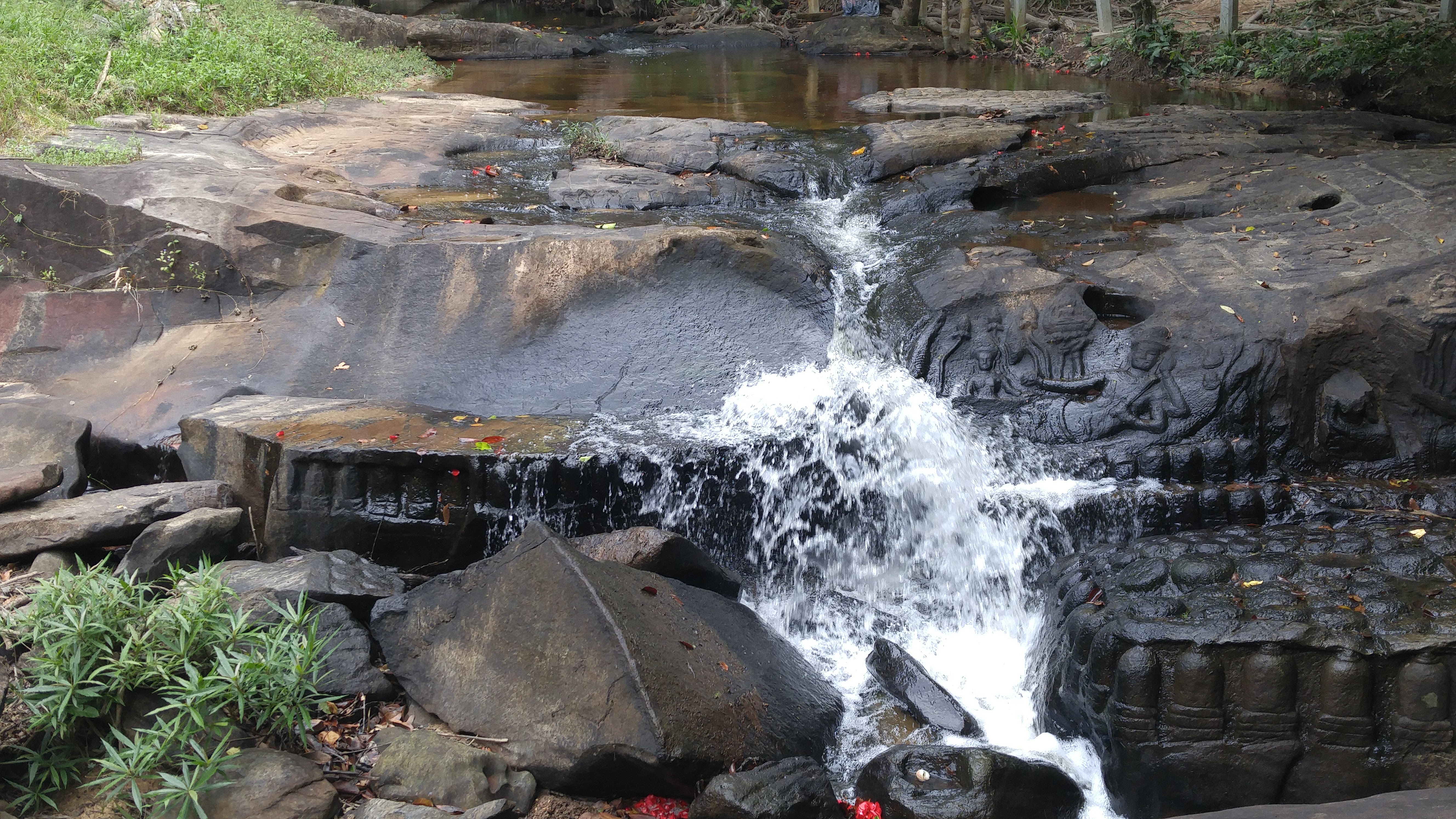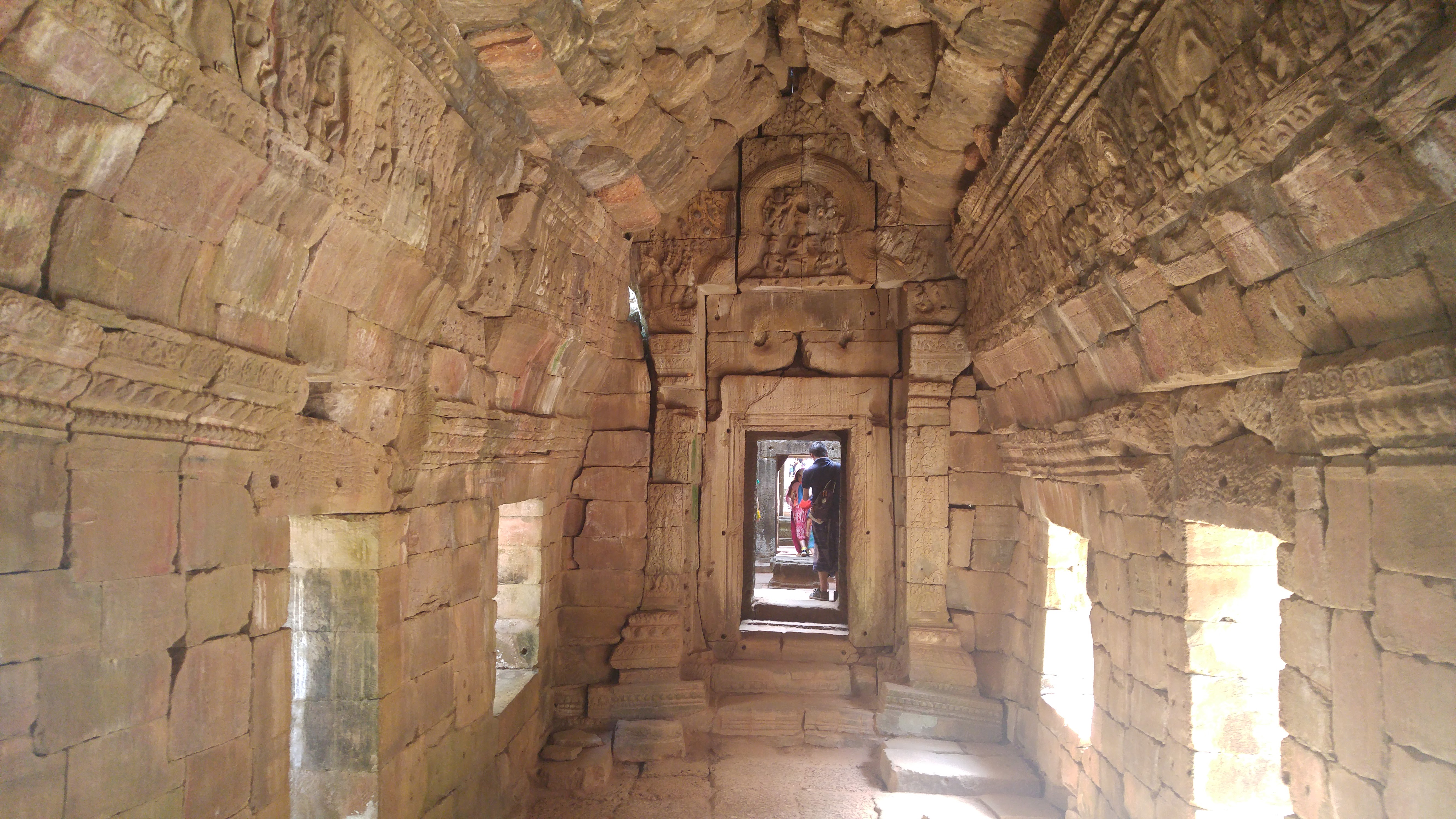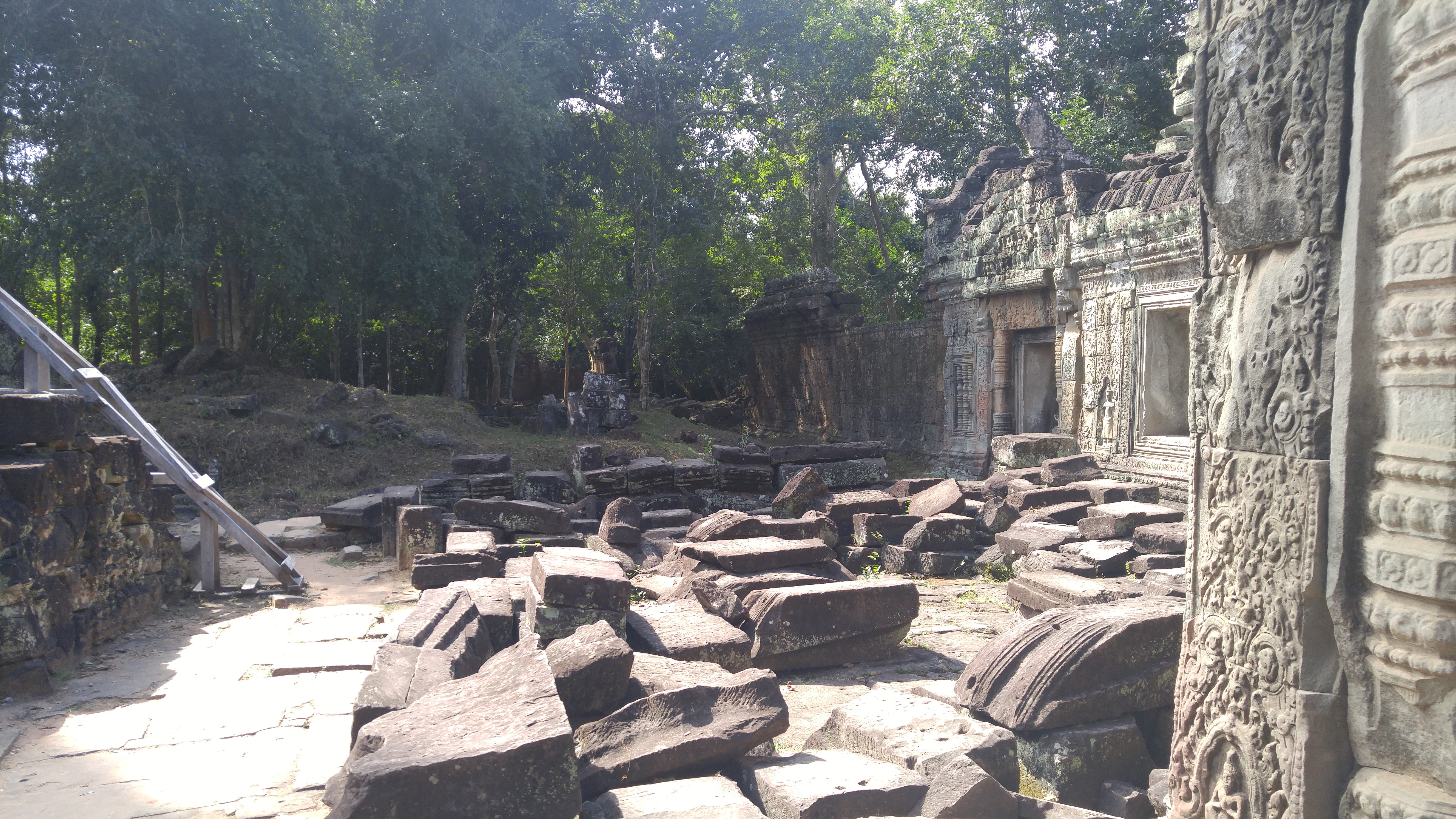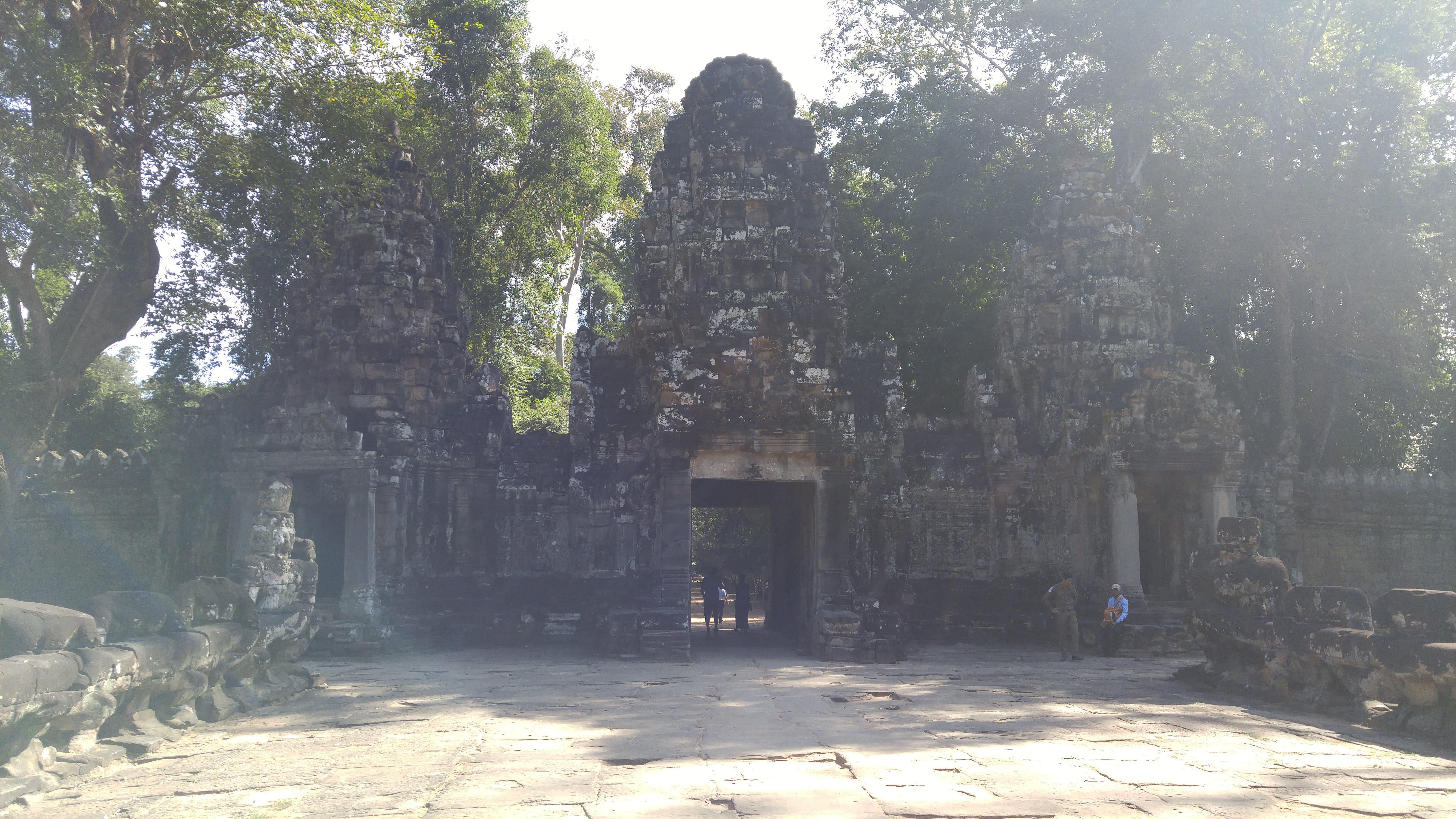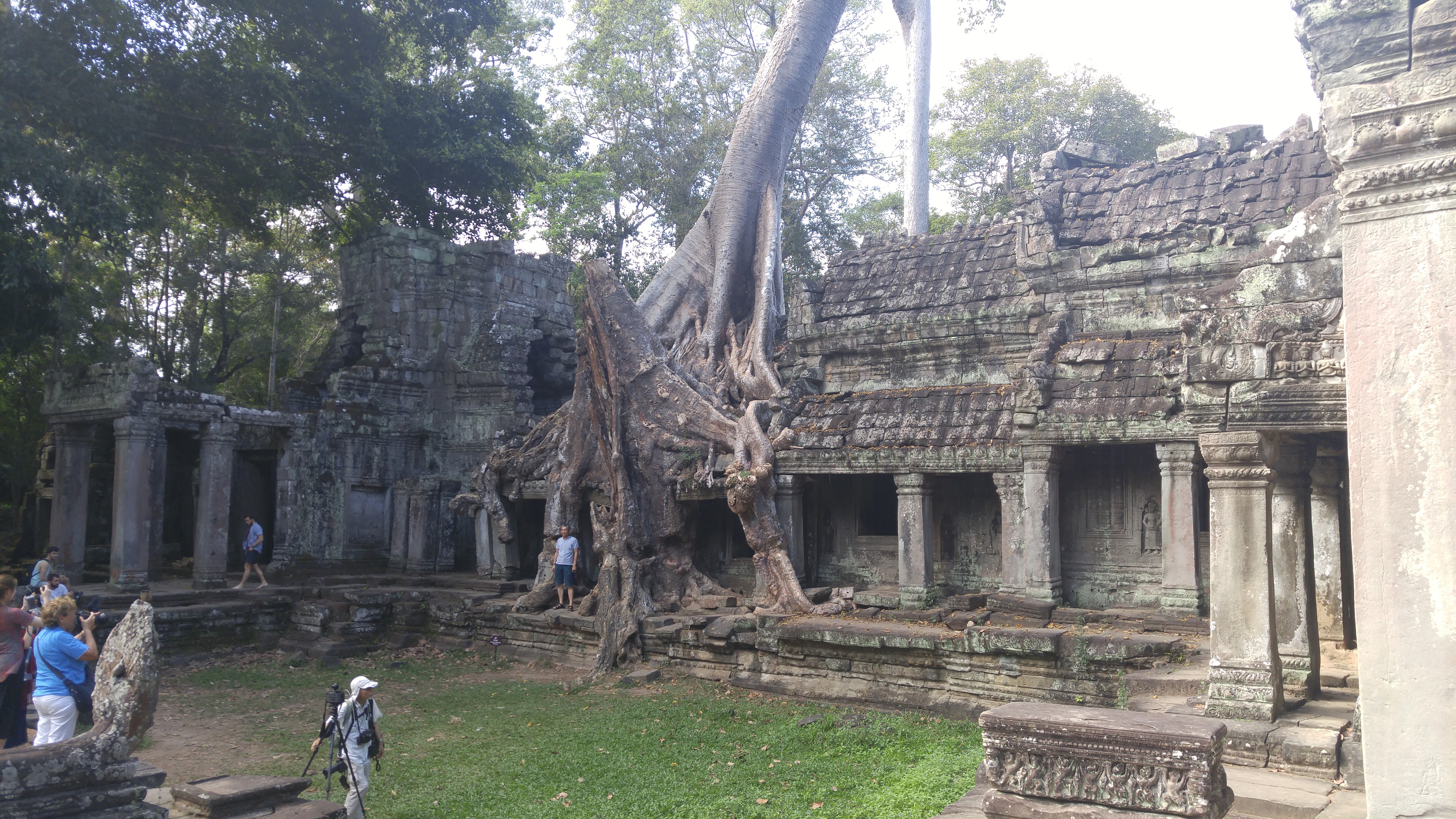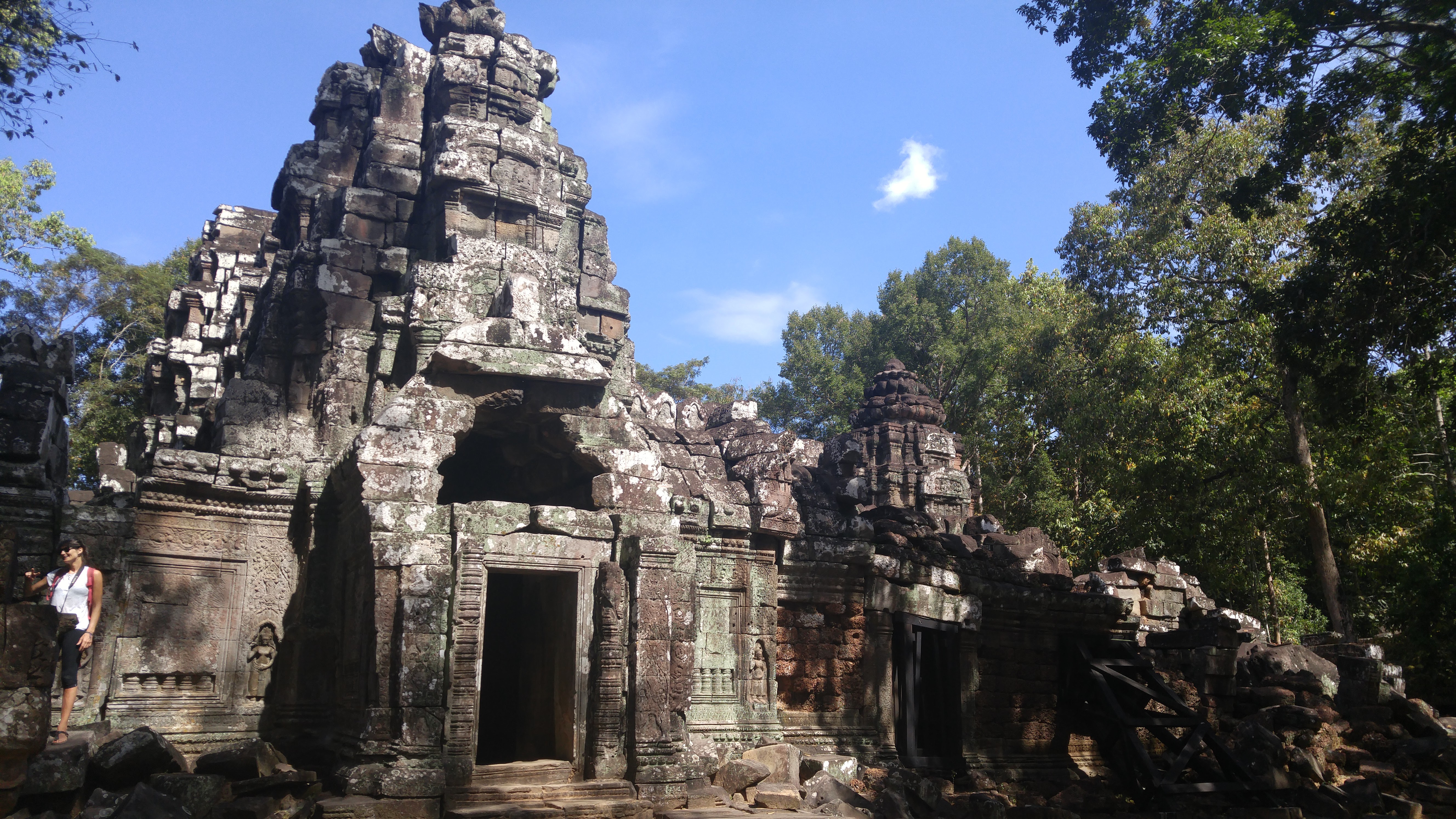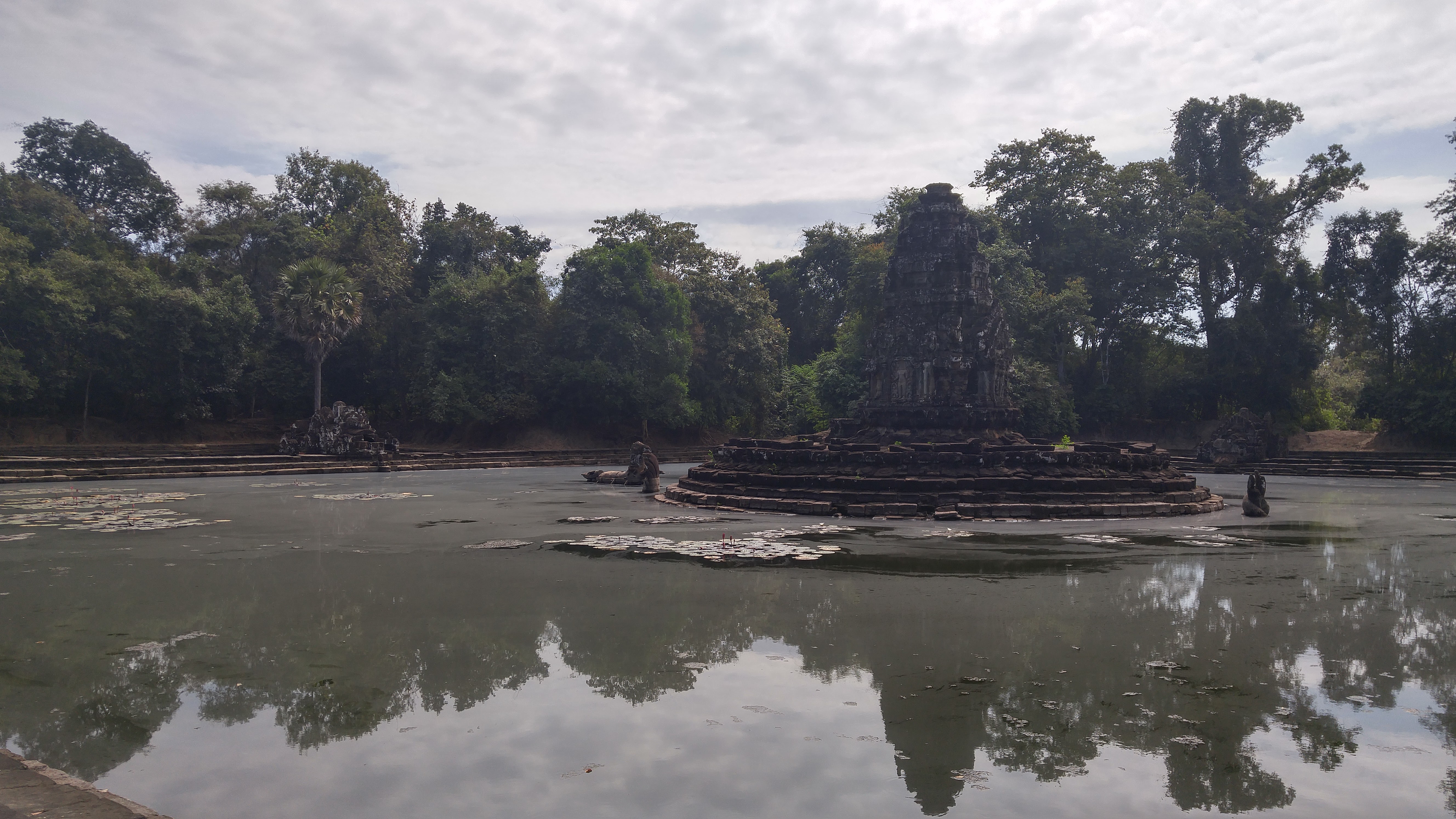Go Back
Angkor Archaeological Zone
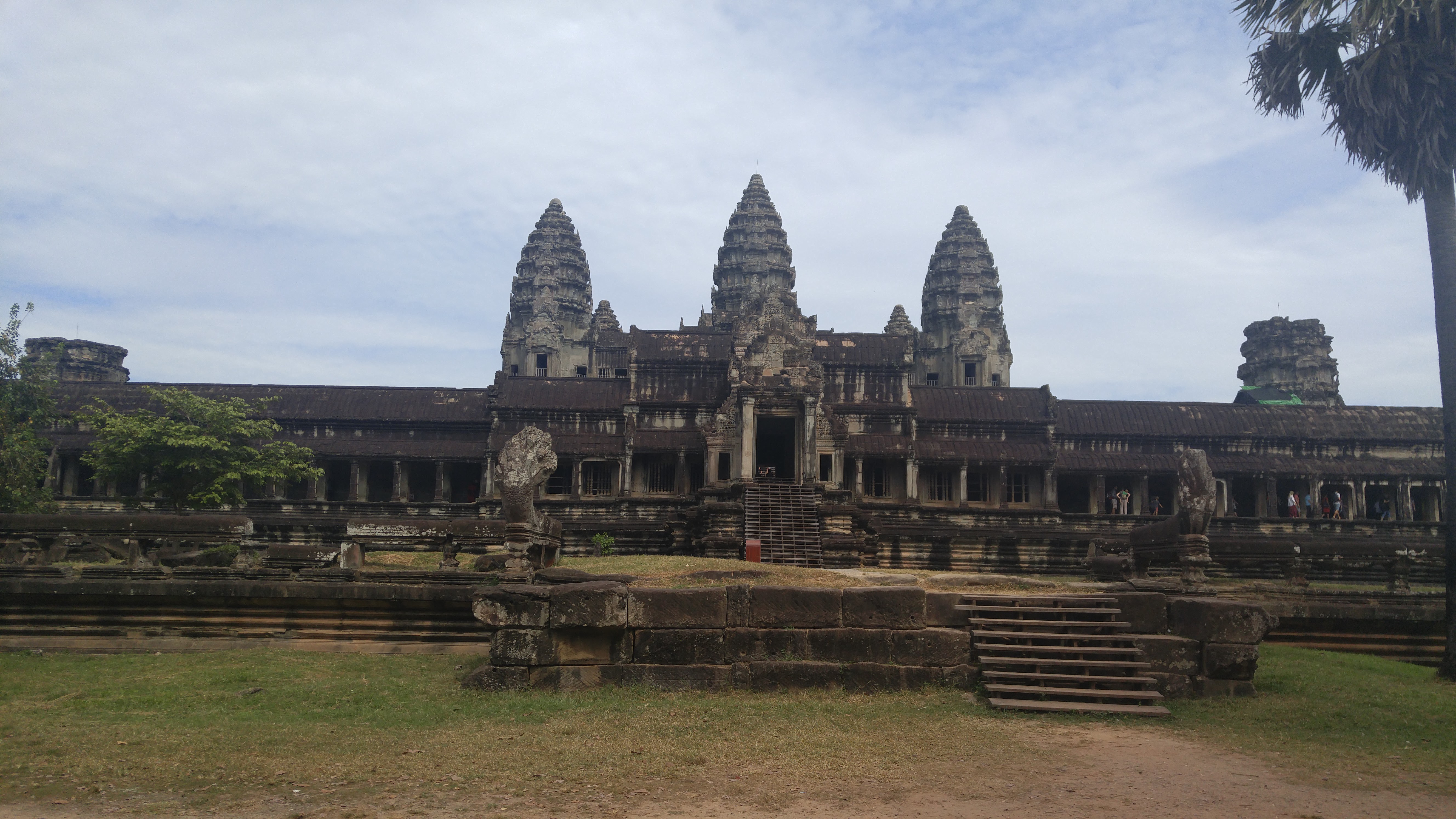
Angkor is one of the most important archaeological sites in South-East Asia. Stretching over some 400 km2, including forested area, Angkor Archaeological Park contains the magnificent remains of the different capitals of the Khmer Empire, from the 9th to the 15th century. This is one of the travel highlights of Southeast Asia and quite frankly the world. You will likely be based out of Siem Reap while you visit Angkor. There are three types of tickets which are 1-day, 3-day and 7-day tickets. As of January 2023 the 1 day ticket cost 34 usd, 3 day ticket cost 62 usd and 7 day ticket cost 72 usd. I opted to get the three day pass and I was happy with my decision to do so. The archaeological zone is so large and is full of temples and history so I recommend more than 1 day for visiting the park. Tours are widespread throughout Siem Reap and most accomodations will offer a private driver for less than 20 usd per day. I recommend visiting Angkor Wat, Bayon Temple and Ta Prohm on day one, Banteay Srei and Kbal Spien on day two and Preah Khan, Neak Pean and Pre Rup on day 3. There are literally thousands of different temples you can see and visit but these are some of the best preserved and famous ones that I recommend visiting. Many people who get the 1 day pass opt to visit Angkor Wat, Bayon Temple and Ta Prohm. Here are my accounts visiting these main archaeological sites.
Angkor Wat is a temple complex in Cambodia and is the largest religious monument in the world. Originally constructed as a Hindu temple dedicated to the god Vishnu for the Khmer Empire by King Suryavarman II during the 12th century, it was gradually transformed into a Buddhist temple towards the end of the century; as such, it is also described as a "Hindu-Buddhist" temple. This is the most famous temple in the whole Angkor Archaeological Zone and tends to get quite busy. You can spend at least an hour walking around the grounds, reading/ listening about the history, and marvelling at the level of sophistication of such an ancient structure.
Bayon Temple is maybe my personal favourite of all the temples in the park. It's known for it's intricate carvings with smiling faces. Something about it stands out even compared to the other structures in the area. The bridge leading up to the Bayon Temple also features many posts with carvings of smiling faces (pictured on the main Cambodia page). Right next to the Bayon Temple are many other smaller yet notable and beautiful temples and carvings such as the Baphuon Temple and the Terrace of the Elephants. It's only a few minutes down the street from Angkor Wat and is typically one of the main sites that tourists go to. Due to its importance and proximity to Angkor Wat I recomend also visiting this temple on the same day and you'll find that most tours will also bring you here.
Ta Prohm is the temple complex that is most famous for the trees that have grown over the old ruins. It's very picturesque and is one of the most impressive sights I witnessed in the archaeological park. Aside from this it's famous for being the sight where tomb raider was filmed. It feels like you are a character in the movie just walking around and is a very cool experience that can be easily added onto a day trip to Angkor Wat and the Bayon Temple.
Banteay Srei is a 10th-century Cambodian temple dedicated to the Hindu god Shiva. Located in the area of Angkor, it lies near the hill of Phnom Dei, 25 km north-east of the main group of temples that once belonged to the medieval capitals of Yasodharapura and Angkor Thom. It's a beautiful temple mostly known for it's extremely well preserved details and the red coloured sandstone from which it was carved. It's sometimes referred to as a "precious gem", or the "jewel of Khmer art." It's a little bit farther away from most of the other temples and when I visited I paired it with a trip to the hike at Kbal Spean which I'll mention below. You will require more driving time to arrive here but I recommend it and if they only offered 2-day passes to enter the park these 2 places would be my recommendation for the second day.
Kbal Spean was a great experience and differed a lot from the other temple sights a lot. It is situated along a 150m stretch of the Stung Kbal Spean River, 25 kilometres (16 mi) from the main Angkor group of monuments, which lie downstream. Instead of exploring old temples Kbal Spean involves a hike through the tropical jungle which leads you up to the river flowing over ancient carvings. It is commonly known as the "Valley of a 1000 Lingas" or "The River of a Thousand Lingas". At the end of the path as you walk alongside the river there is also a decent waterfall. Of all the sights I visited this one was the farthest from Siem Reap. I recommend visiting Kbal Spean and Banteay Srei together on the same day as Banteay Srei is on the way out to Kbal Spean. If you get more than a 1-day pass I highly recommend coming to Kbal Spean.
Preah Khan is one of the places I'd recommend going on your third day of a 3-day pass tour of the park. Preah Khan was built in the 12th century for King Jayavarman VII to honour his father. Like the nearby Ta Prohm, Preah Khan has been left largely unrestored, with numerous trees and other vegetation growing among the ruins. The temple complex is surrounded by a moat like many of the other ones in the park. There are statues along the bridge that lead into the main temple complex. Once inside you'll go through a series of small rooms surrounded by courtyards.
Neak Pean is an artificial island with a Buddhist temple on a circular island in Jayatataka Baray, which was associated with Preah Khan temple, built during the reign of King Jayavarman VII. You walk along a long narrow wooden bridge to reach the main sight. There are different chapels surrounding the main pond which features the sanctuary. It's a good spot to visit on your third day at the archaeological park.
Pre Rup is another good temple complex to visit on your third day in the park. The temple's name translated roughly means to "turn the body". This reflects the common belief among Cambodians that funerals were conducted at the temple, with the ashes of the body being ritually rotated in different directions as the service progressed. Pre Rup was dedicated to the Hindu god Shiva, and it is probably located on a former shivaite ashram, built by Yasovarman I in the previous century.
